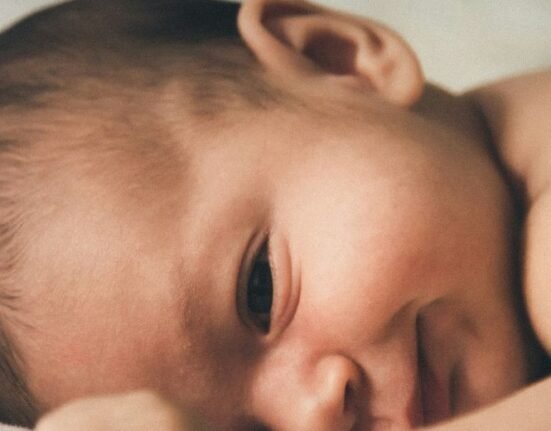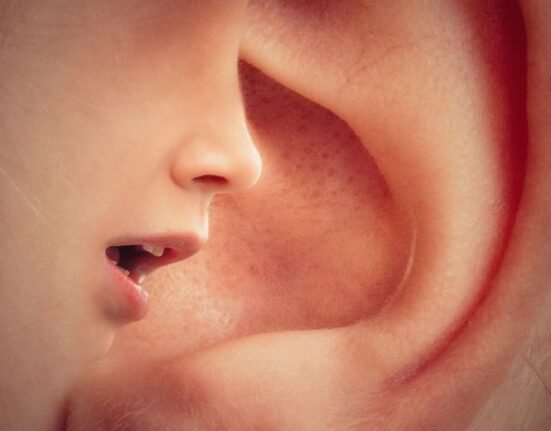HQ team
November 13, 2023: Researchers at the University of California, Irvine, have identified a gene that helps in muscle repair during regeneration. This gene not only plays a crucial role in the regeneration of skeletal muscle but also supports human muscle stem cells post-transplantation, opening new possibilities for addressing over 400 chronic muscle disorders and injuries.
Improved regeneration
Skeletal muscles have an inherent regenerative ability, but still, there is a need to enhance regeneration in some muscular injuries and genetic disorders such as rotator cuff injuries and Duchenne Muscular Dystrophy. The research, for the regenerative gene was led by Michael H. Hicks, PhD, and April D. Pyle, PhD.
The study, titled “Regenerating human skeletal muscle forms an emerging niche in vivo to support PAX7 cells,” published in Nature Cell Biology, sheds light on a subset of muscle fibers crucial for supporting human muscle stem cells. It is a precursor to the development of a revolutionary “muscle in a dish.”
Lab-grown muscle progenitors for targeted treatments
The researchers propose a solution for serious muscular injuries and dystrophy: utilizing lab-grown muscle progenitors to mimic the natural repair process of a healthy human body. This approach demonstrates superior support for stem cells compared to overused and damaged muscle tissue.
With our discovery, the development of “muscle in a dish” is one step closer to reality. We’ve been researching this for years, and it’s implication for treating disease and muscle disorders and tears are immense,” said study author Michael H Hicks.
The Hicks lab aims to apply their lab-grown muscle progenitors to treat tears in the rotator cuff muscles, a condition affecting a significant portion of the population, particularly those over the age of 65. This innovation holds promise for enhancing mobility, reducing hospitalization, and improving the overall quality of life for affected individuals.
Muscle reconstruction after radiation therapy
With funding from the UCI Anti-Cancer Challenge, the study researchers explored the application for muscle reconstruction post-radiation therapy in cancer survivors. The potential to counteract the damaging effects of ionizing radiation on muscle stem cells could revolutionize the recovery of muscle mass following treatment.
“Muscle stem cells are exposed to significant doses of radiation during radiotherapeutic management of cancer,” said Hicks. “The use of ionizing radiation has the potential to damage muscle stem cells and limit the recovery of muscle mass following disuse or overtime with age.”
The researchers employed spatial RNA sequencing to identify a unique gene, ACTC1, and its role in the interaction between transplanted muscle progenitor cells and a subset of regenerating muscle fibers. This technology provides valuable insights into cellular communication.
This subset of regenerating muscle fibers resulted in a 50-fold better ability to support transplanted muscle progenitor cells,” said co-author of the study, April Pyle. “It would be interesting to determine whether myofibers in homeostasis or in disease settings could be stimulated to make the skeletal muscle more regenerative and less susceptible to a broad range of diseases.”
The research team plans to explore the restoration of muscle function, including assessing the newly formed human muscles’ ability to connect with motor neurons and restore motor control.
The ability to generate muscle stem cells in the lab is currently under patent review. Plans are underway to establish a company for translating these innovative findings into practical solutions for patients.







